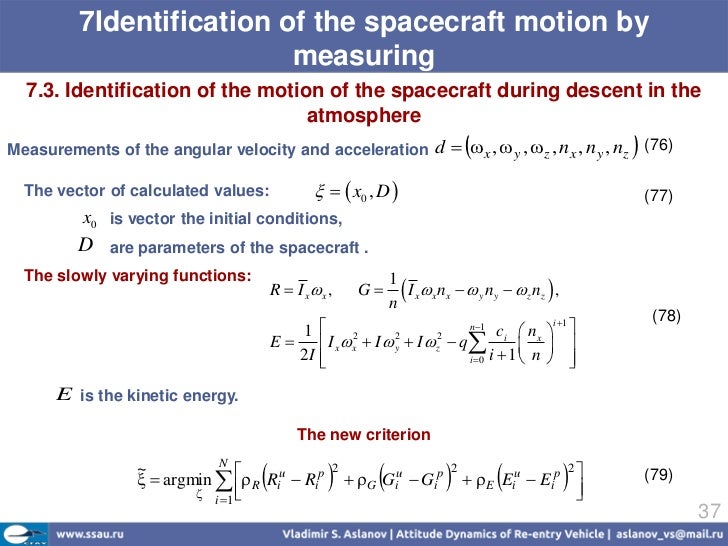


If you’d like to purchase this car, make sure you have 4,000,000 $ in your bank account. But the car has actually been recorded going 431 Km/h, so we are right on target. Let’s calculate its maximum possible speed:ĭoes this seem unreasonably high? It does.

Is has a drag coefficient of c = 0.35, width w = 2 m, height h = 1.19 m and power P = 1200 HP = 895,200 W. The fastest production car at the present time is the Bugatti Veyron Super Sport. Traffic jams can appear out of nowhere and you don’t want to end up in the back of a truck at these speeds. Last but not least, stay focused and keep your eyes on the road. You might think you’re going fast, but there’s always someone going even faster. And make sure to check the rear-view mirror often. Never overtake on the right side, nobody will expect you there. The left lanes are reserved for overtaking. But remember: unless you’re overtaking, always use the right lane. If you ever get the chance to visit Germany, make sure to rent a ridiculously fast sports car (you can rent a Porsche 911 Carrera for as little as 200 $ per day) and find a nice section on the Autobahn with unlimited speed. You can reach 200 Km/h quite well, but the acceleration is already noticeably lower at this point. What is the maximum possible speed?įirst we need the projected area of the car:įrom my experience on the Autobahn, this seems to be very realistic. Its width and height is w = 1.77 m and h = 1.45 m respectively. According the Mercedes-Benz homepage, its drag coefficient is c = 0.29 and its power P = 143 HP ≈ 106,680 W. I drive a ten year old Mercedes C180 Compressor. Luckily the conversion is very easy, just multiply horsepower with 746 to get to watt. Note the we have to input the power in the standard physical unit watt rather than the often used unit horsepower. So even a slight increase in top speed has to be bought with a significant increase in energy output. Given that our car is able to provide a certain amount of power P, this is the maximum speed v we can achieve:įrom the formula we can see that the top speed grows with the third root of the car’s power, meaning that when we increase the power eightfold, the maximum speed doubles. Of course we can also reverse this equation. With the equation: power equals force times speed, we can use the above formula to find out how much power (in W) we need to provide to counter the air resistance at a certain speed: In first approximation you can estimate your car’s drag coefficient by placing it in this range depending on how streamlined it looks compared to the average car. Excluding prototype models, the drag coefficient in this list ranges between c = 0.25 for the Honda Insight to c = 0.58 for the Jeep Wrangler TJ Soft Top. On you can find a table of drag coefficients for many common modern car models. In general, you want to have this value as low as possible. You probably don’t know this value for your car and there’s a good chance you will never find it out even if you try. This is the one quantity in this formula that is tough to determine. With c (dimensionless) being the drag coefficient. Of course there’s also the dependence on the velocity v (in m/s) relative to the air. We also need to know the projected area A (in m²) of the car, which is just the product of width times height. One of these is the air density D (in kg/m³), which at sea level has the value D = 1.25 kg/m³. To compute air resistance we need to know several inputs. This makes things considerably easier for us. However, in our case looking at the latter is sufficient since at high speeds, air resistance becomes the dominating factor. Obvious candidates for the retarding forces are ground friction and air resistance. Our first job is to find out what forces we are dealing with. The force that is aiming to accelerate the object is exactly balanced by the force that wants to decelerate it. You probably know that whenever a body is moving at constant speed, there must be a balance of forces in play. The problem with this option is that there’s not always an Autobahn nearby. How do you determine the maximum possible speed your car can go? Well, one rather straight-forward option is to just get into your car, go on the Autobahn and push down the pedal until the needle stops moving.


 0 kommentar(er)
0 kommentar(er)
